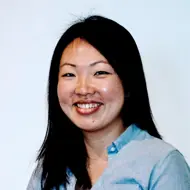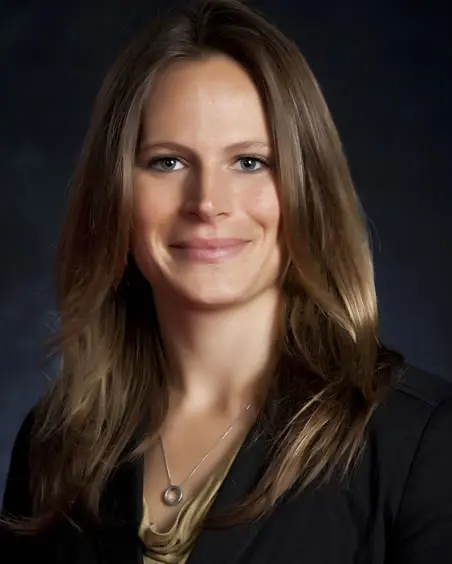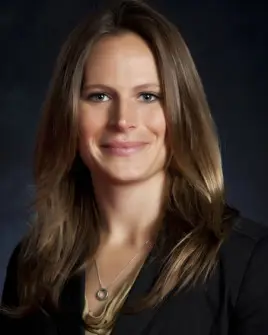An Interview with Digital Analytics Expert, Krista Seiden
As more and more businesses look to hire people with strong experience in testing, optimization, and analytics, people like Krista Seiden are in high demand. We were curious to learn how her career has unfolded and hear her advice for others looking to enter into this burgeoning field.

Helen Phung

Krista Seiden is an experienced leader in the digital analytics and optimization industry. She has recently been recognized as a 2014 “Rising Star” by the Digital Analytics Association (DAA) Awards for Excellence. In her current role as a Product Marketing Manager at Google, she leads web analytics, reporting, testing, and optimization for the Enterprise Marketing team. She has evangelized optimization internally and expanded A/B testing efforts over 15-fold to the point where her team executes over 50 tests per quarter.
As more and more businesses look to hire people with strong experience in testing, optimization, and analytics, people like Krista are in high demand. We were curious to learn how her career has unfolded and hear her advice for others looking to enter into this burgeoning field.
Optimizely: To start off, please tell us about your career in digital analytics. How did you arrive at where you are now?
Krista: I’ve had an interesting and diverse career spanning several companies and focus areas. I started out in the space as an internal practitioner at Adobe (pre-Omniture acquisition). In addition to web analytics, I focused on optimization and helped run several split tests for their core cloud product offerings.
After Adobe, I spent some time at the Apollo Group (parent company of the University of Phoenix) as a product analyst responsible for all digital metrics for their classroom social media platform and mobile apps. We used a variety of platforms, including Google Analytics, Coremetrics, several social platforms and BI tools such as Business objects & Microstrategy. I built a skill set around UX testing and paired the qualitative data we received from user testing with quantitative data to tell a complete story. I then moved onto to Google where I currently run the analytics & optimization program for the Enterprise group. In this role I manage the implementation & high level reporting for six core product offerings and run an A/B testing program which executes upwards of 50 tests/quarter.
What advice do you have for people looking to explore a career in analytics, testing, optimization, data application?
Get hands on—if you have a personal website or blog, get a free Google Analytics account and start tracking your site data.
Try running a simple A/B test on your own—there are several A/B testing tools which will help you do this with minimal effort (Content Experiments within GA and Optimizely are both great options).
Read the blogs and twitter feeds of the top minds in the industry.
I’d also recommend getting involved with the Analysis Exchange, an organization which pairs analytics mentors with students to run a free analytics project for a non-profit business. It’s a great way to get hands on and learn from an experienced digital analyst.
How do you see the industry changing in the next few years?
The industry is moving fast—there are constantly new tools, new faces, and new ways of thinking. But let’s not forget the basics. It’s important not to overlook the simple things as the industry moves towards more advanced and complex tools. I also see privacy as being a growing concern and something the digital analytics industry as a whole needs to address.
Can you give an example of where your expertise had a particularly strong impact in your organization?
I’ve had the opportunity to guide several organizations through product and web development by adding the analytics and optimization layer to the equation. One example I like to give comes from my experience working on mobile app analytics at the Apollo Group. While developing v2 of our classroom app, I must have made 4 or 5 trips from SF to Phoenix to sit in on UX lab studies for how students were reacting to and using the v2 app (throughout various stages of dev). After I attended those sessions I was able to better understand the data we were seeing on the analytics side and that deeper understanding led to several features tweaks and enhancements in the v2 app. It was very powerful to see the combination of quantitative & qualitative come together to influence development to make a better experience for our students.
What have you learned about the potential and limits about digital analytics, marketing analytics?
Data is great, you can learn and understand a lot about your business by looking at your data. But quantitative data is only part of the story—understanding the customer and reading between the spreadsheet rows is important. Pairing quantitative and qualitative data together makes for a much more powerful story than raw data alone. Think about the user!
Krista also co-chairs the San Francisco chapter of the Digital Analytics Association (DAA) and mentors for the Analysis Exchange. You can find her @kristaseiden.

